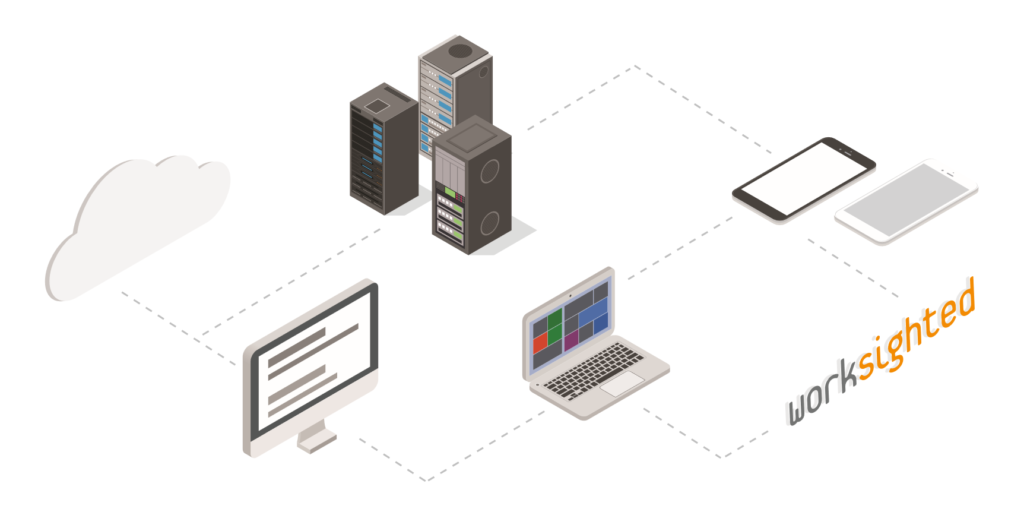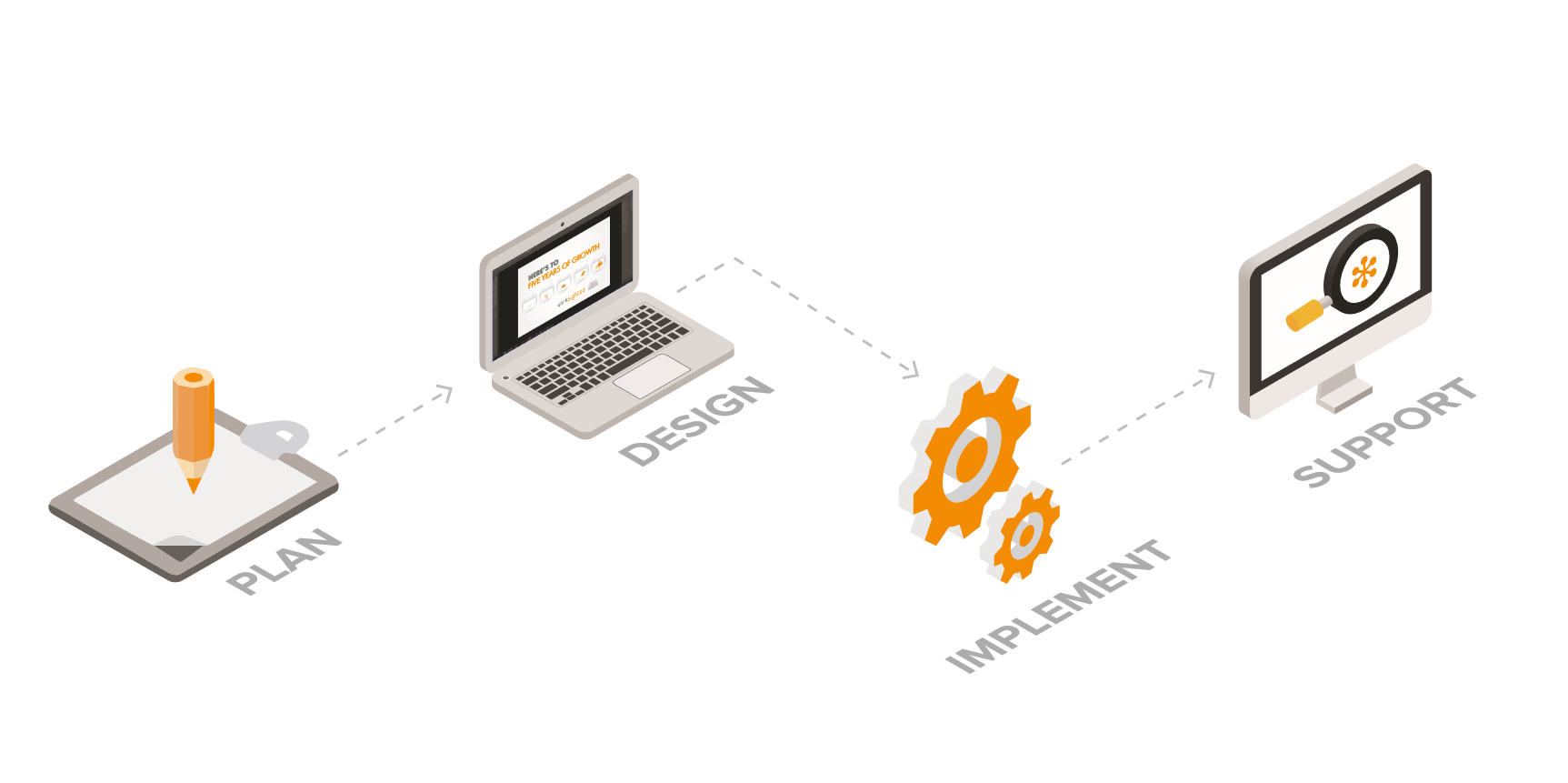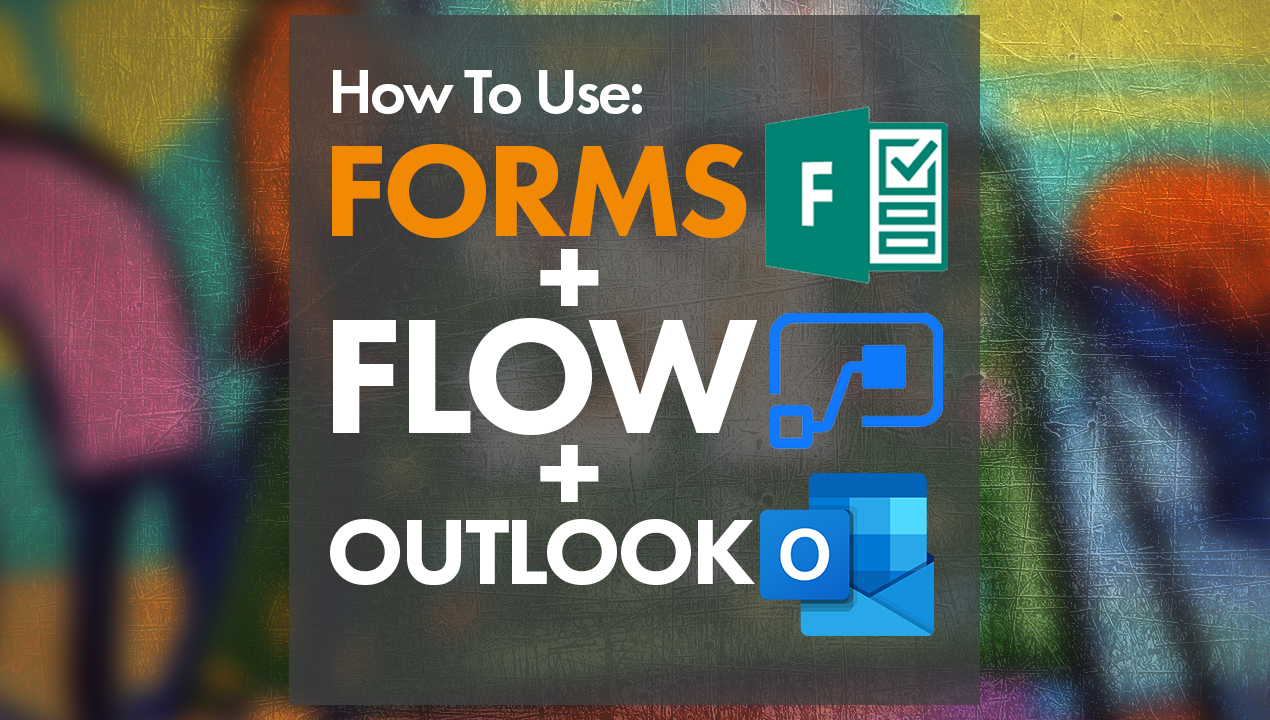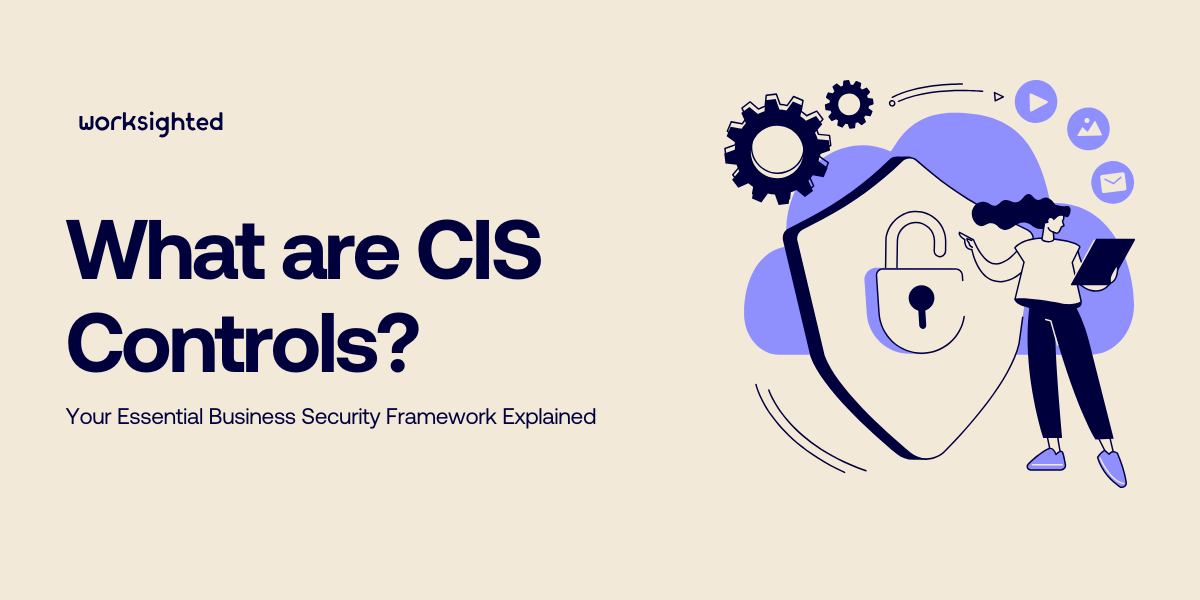5 Things You Might Not Know about Outlook
Killian Smith: Hey everyone. Killian here from Worksighted with another episode of Tech Riffs. In today’s day and age, pretty much everything we do revolves around email. If you’re like me, you can have a whole bunch of email accounts that you’re trying to manage. Fortunately, you can use Outlook to manage all of those accounts, and it can really help you stay organized and be as efficient as possible. Let’s go ahead and look at five things that you might not know that you might be able to do in Outlook.
Number one, @mentions. Sometimes if you have an email going out to a lot of people, but you only need an answer from one or two of them, you can use Outlook online to use the @mention feature. What this allows you to do is type the “@” symbol and then their name, and what it’s going to do is it’s going to call them out in the body of the email, as well as add them to the to line. You can say anything you want and send it their way. What this gives them the ability to do on their end is they can hover over the name, and you can look at past emails that you’ve sent with them, as well as files that you’ve sent back and forth.
Number two, automatic calendar updates. For example, this email’s requesting a meeting with me. Outlook automatically senses this. We see where it says “suggested meetings”? We click this. It pulls up a box that says, “We think we’ve found an event.” I’m just going to hit Send Invitation. That’s going to be sent to the person that emailed me so that they can add it to their calendar. This also works for things like flight tracking, flight tickets, restaurant reservations, things like that. Very, very cool.
Number three, ignoring conversation threads. When someone adds you to an email conversation without your knowledge, you can ignore the entire thread rather than just having to delete each incoming message. You can do this by coming up to the Delete section under the Home tab and clicking Ignore. Then click Ignore Conversation, and it’s taken care of from there.
Number four, setting up alerts. Getting constant popup notifications for email can be both distracting and annoying. Let’s go to options to turn these off. Let’s come up here to File, then down to Options. Under Mail, we’re going to see Message Arrival. We can turn off the option to play a sound here. We can show an envelope in the icon task bar. We can even get rid of the display desktop alert. Now, especially for me because I know that I’m checking my email all day anyways, I spend a lot of time in Outlook, I don’t need it to let me know when it’s coming in. I typically can go find it.
However, there are some very important emails that come for me from somebody. We can come up to where it says Rules, Create a Rule, and then right here at the top, if it’s like from, we’ll say, Vincent, we check this. It’s going to go ahead and display a new item in the alert window. It’s going to let me know. Then you see that it pops up here because Vincent just sent me a message, “Hey.” Open the item. Another thing to keep in mind is I can do this with virtually anybody. If I hover over Amber’s here and I come up to Rules, and then I hit Create a Rule, it’s going to look that I have Amber highlighted, and then my checkbox changes to Amber from Vincent.
Number five, cleaning up your inbox. If you’re receiving dozens of emails from multiple threads, there is a chance some of them might be duplicates of one another. You know you have already read and responded to these, but you have yet to delete them. If I come up under the Delete section, under the Home tab, and click Clean Up, I can hit Clean Up Folder, and it went ahead and deleted some of the redundant information.
That’s it, five great things you can do in Outlook to reduce clutter and increase your efficiency. Later this month, we’re going to look at something called Microsoft Flow and how it can interact with Outlook to make it even more powerful. That’s a wrap.





